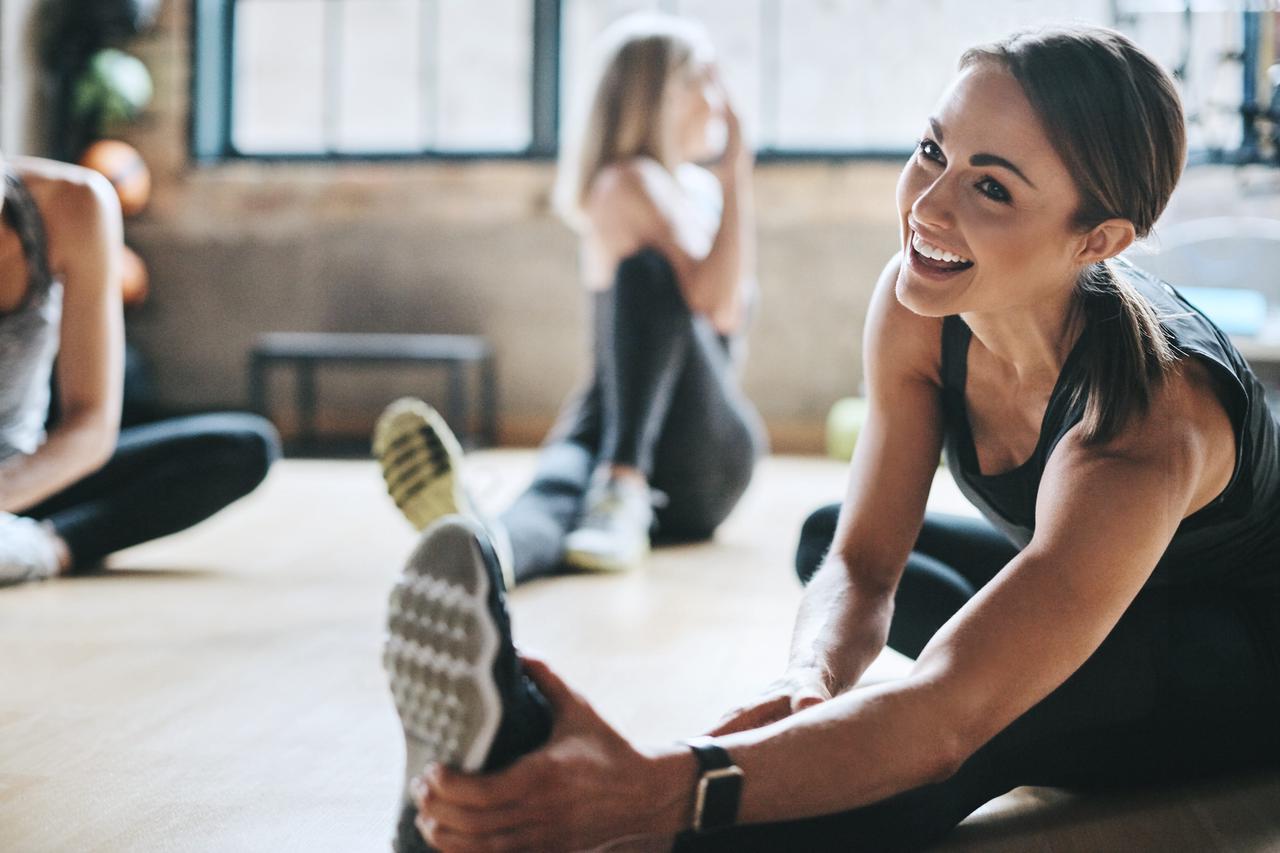
Stretching Routines to Improve Flexibility and Recovery
You know that stiff, achy feeling after a workout or a long day at your desk? That’s your body’s way of begging for a good stretch. Stretching isn’t just for yogis or gymnasts—it’s a cornerstone of fitness and recovery that anyone can benefit from.
Think of stretching as maintenance for your body. It improves flexibility, reduces muscle soreness, and helps prevent injuries. Whether you’re a seasoned athlete or just trying to touch your toes without wincing, incorporating a proper stretching routine can make a huge difference. Let’s get into it.
Why Stretching Matters
Stretching isn’t just about flexibility; it’s about giving your muscles the care they deserve. Here’s what stretching can do for you:
-
Enhances range of motion: Better flexibility means moving freely and efficiently.
-
Boosts recovery: Stretching increases blood flow to muscles, speeding up recovery after workouts.
-
Prevents injury: Flexible muscles are less prone to strains and tears.
-
Relieves tension: Sitting at a desk all day? Stretching can ease tightness in your back, neck, and hips.
Bottom line: If you want to move better, feel better, and recover faster, stretching should be non-negotiable.
The Two Types of Stretching
-
Dynamic Stretching
Dynamic stretches involve controlled movements that warm up your muscles and prepare your body for exercise. Think of these as your pre-workout go-to.
-
When to do it: Before workouts to boost blood flow and mobility.
-
Examples: Leg swings, arm circles, walking lunges.
-
Static Stretching
Static stretches involve holding a position to lengthen muscles and improve flexibility. These are best for winding down.
-
When to do it: After workouts or during recovery days.
-
Examples: Hamstring stretches, seated forward folds, quad stretches.
Stretching Routines for Flexibility and Recovery
Let’s break it down with easy-to-follow routines for every situation.
Pre-Workout Dynamic Stretching Routine (5-10 Minutes)
This routine will wake up your muscles and prep your body for action. Do each movement for 30 seconds.
-
Arm Circles
Extend your arms to the sides and make small circles, gradually increasing the size.
Why: Loosens up shoulders and improves upper body mobility.
-
Leg Swings
Hold onto a wall for balance and swing one leg forward and backward, then side to side. Switch legs.
Why: Mobilizes hips and hamstrings.
-
Walking Lunges with a Twist
Step forward into a lunge, twist your torso toward your front leg, and return to standing.
Why: Warms up your quads, glutes, and core.
-
Cat-Cow Stretch
On all fours, alternate between arching your back (cow) and rounding it (cat).
Why: Loosens up the spine and activates core muscles.
-
High Knees
Jog in place, lifting your knees as high as possible.
Why: Gets your heart rate up and engages your hip flexors.
Post-Workout Static Stretching Routine (10-15 Minutes)
These stretches help cool down your body and reduce muscle tension. Hold each for 20-30 seconds and repeat on both sides.
-
Hamstring Stretch
Sit with one leg extended and the other bent, reaching toward your toes.
Why: Relieves tightness in the hamstrings and lower back.
-
Quad Stretch
Stand tall, pull one foot toward your glutes, and keep your knees aligned.
Why: Stretches the front of your thighs and improves knee mobility.
-
Pigeon Pose
From a plank position, bring one knee forward and place it behind your hands, keeping the other leg extended behind you.
Why: Targets the hips and glutes—key areas for runners and desk workers.
-
Chest Opener
Clasp your hands behind your back and lift your arms slightly while puffing out your chest.
Why: Eases tension from sitting or working at a desk.
-
Child’s Pose
Sit back on your heels and extend your arms forward on the ground, resting your forehead on the mat.
Why: Stretches the spine, shoulders, and hips while calming your mind.
Recovery Day Flexibility Routine (15-20 Minutes)
Dedicate time to this full-body stretch to improve overall flexibility and feel amazing.
-
Seated Forward Fold
Sit with your legs extended and reach for your toes, keeping your back straight.
Why: Lengthens the hamstrings and lower back.
-
Butterfly Stretch
Sit with the soles of your feet together, letting your knees fall outward. Gently press your knees toward the ground.
Why: Opens up the hips and inner thighs.
-
Spinal Twist
Sit with one leg extended and cross the other over it, twisting your torso toward the bent knee.
Why: Relieves tension in the lower back and spine.
-
Downward Dog
From a plank position, lift your hips toward the ceiling, creating an inverted V shape.
Why: Stretches the hamstrings, calves, and shoulders.
-
Standing Side Stretch
Stand tall and reach one arm overhead while leaning to the opposite side.
Why: Stretches the obliques and improves side-body flexibility.
-
Figure Four Stretch
Lie on your back and cross one ankle over the opposite thigh, pulling the supporting leg toward your chest.
Why: Targets the glutes and hips, relieving tension.
Tips for Stretching Success
-
Breathe Deeply: Inhale deeply through your nose and exhale slowly through your mouth. Deep breathing helps relax your muscles and enhances your stretch.
-
Stay Consistent: Stretching isn’t a one-time fix—it’s a habit. Aim for at least 3-4 sessions per week to see lasting improvements.
-
Don’t Force It: Stretch to the point of tension, not pain. Overstretching can lead to injuries.
-
Listen to Your Body: Tight today? Spend extra time on areas that feel stiff.
Common Stretching Mistakes
-
Skipping the Warm-Up: Never stretch cold muscles. Always warm up first to prevent injury.
-
Rushing Through Stretches: Holding a stretch for less than 15 seconds isn’t effective. Take your time.
-
Ignoring Symmetry: Stretch both sides evenly to avoid imbalances.
The Takeaway
Stretching isn’t just a cherry on top of your workout routine—it’s the glue that keeps everything together. By incorporating regular dynamic and static stretches, you’ll move better, recover faster, and feel more energized.
Make stretching part of your fitness lifestyle, and your body will thank you. Flexibility isn’t a destination—it’s a journey. Ready to stretch it out? Let’s go!
Make stretching your secret weapon for flexibility and recovery. With a few minutes of care each day, you’ll feel looser, stronger, and ready to tackle whatever comes your way. STRETCH ON!
Meet Fitnexa, your AI-driven companion that turns everyday habits into a positive, uplifting journey. From effortless meal analysis (including recipe suggestions) to personalized coaching and real-time support, Fitnexa keeps you on track toward lasting wellness — so you can stay younger, live longer.
https://apple.co/4hr8JGW






Leave a comment
This site is protected by hCaptcha and the hCaptcha Privacy Policy and Terms of Service apply.